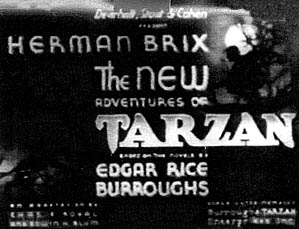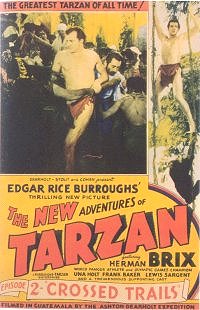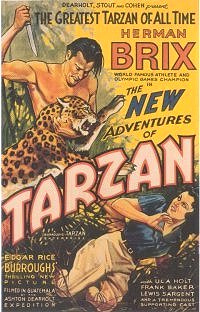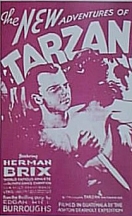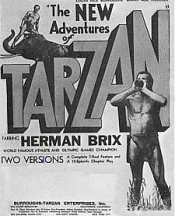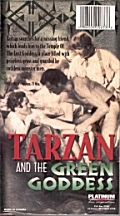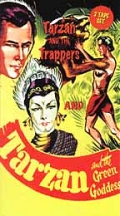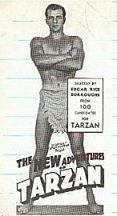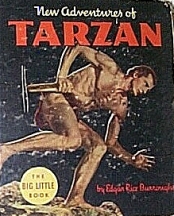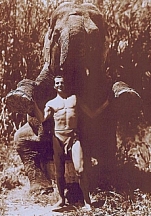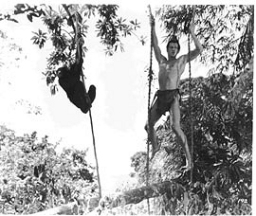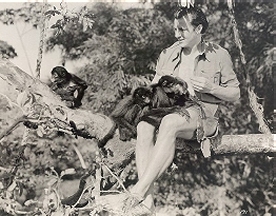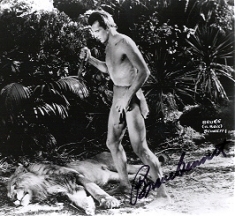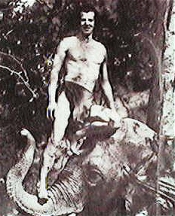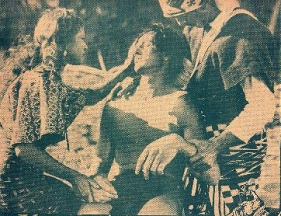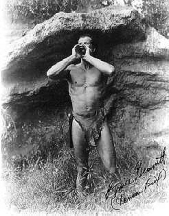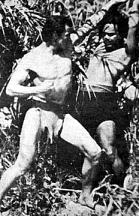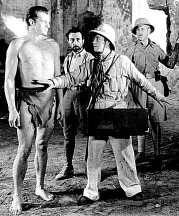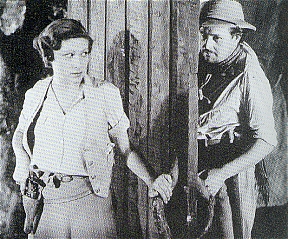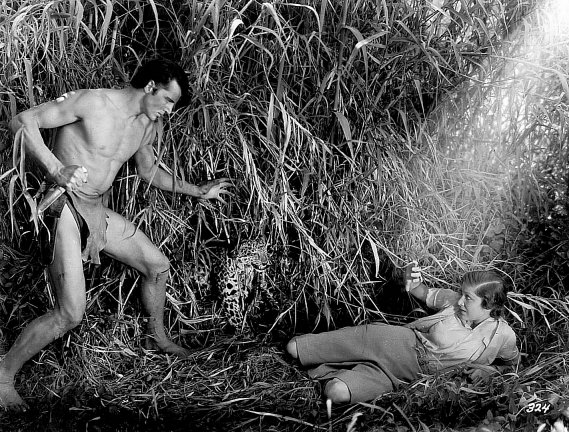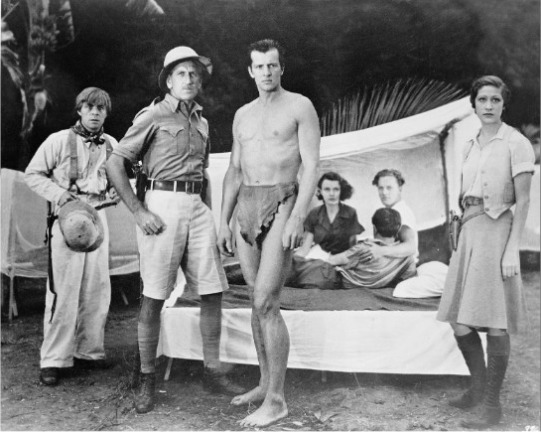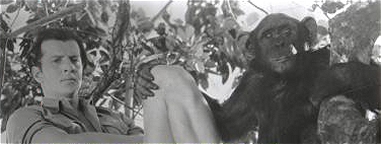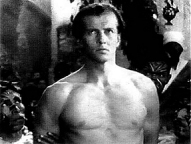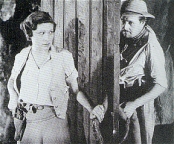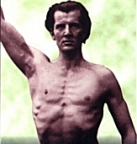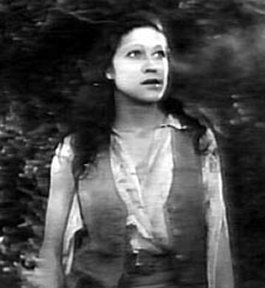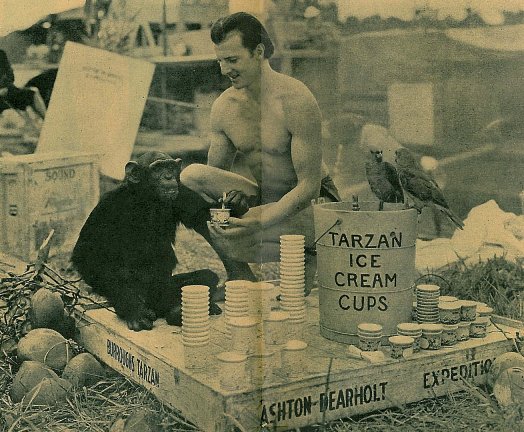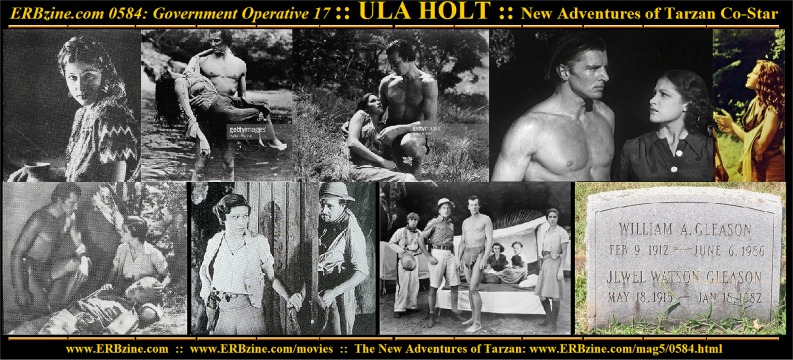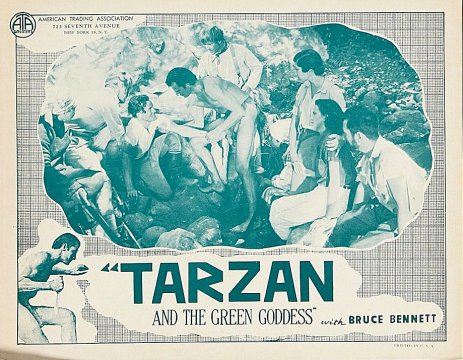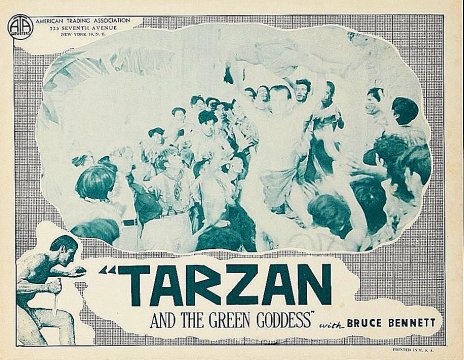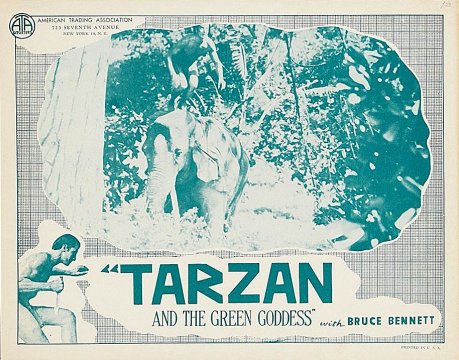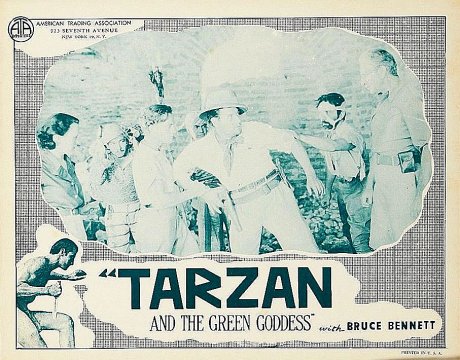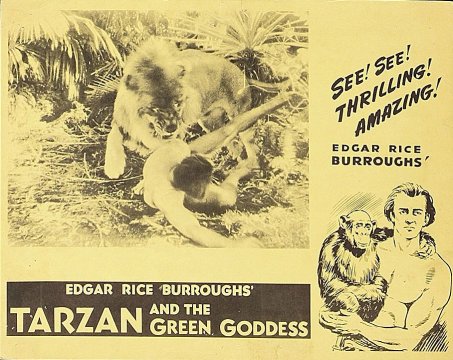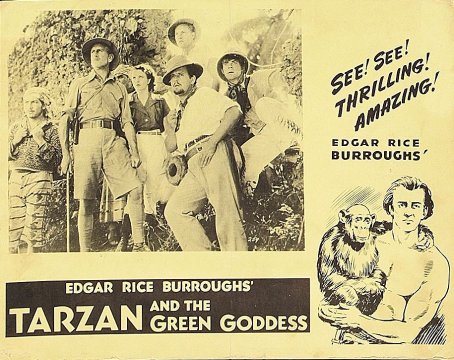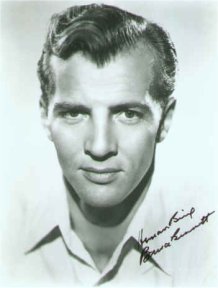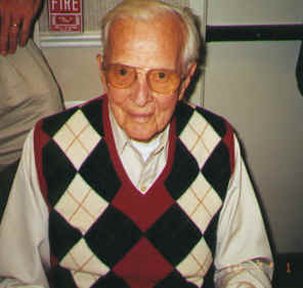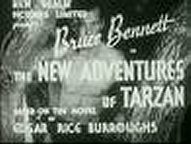The efforts of motion picture producers to
bring realism to the screen, and to record for the benefit of the public
the natural wonders of the world, reach a climax in the Aston Dearholt
"Tarzan" Expedition into Guatemala.
True, Dearholt is not the first, by any means, to explore
with the camera! Others have braved the far north, the dark interior of
Africa, the enervating climate of the South Seas but, generally speaking,
these men have ventured chiefly in the interests of travelogues and for
that reason with comparatively light equipment. It has remained for Dearholt
-- actuated by a desire to use Guatemala as a background for a fiction
story -- to transport what was literally a fully equipped studio to Central
America, and to drag, by means of motor trucks, tons of freight through
parts of the jungle and over high mountain passes hitherto deemed inaccessible
-- in some instances -- even to men afoot or on muleback.
From the moment the liner Seattle, carrying
the Dearholt Expedition of 29 persons and tons of freight, steamed within
sight of the Guatemalan Coast, one stormy night last December, trouble
began. Landing was the first problem, for San Jose, the port at which the
Seattle
stopped, has no harbor, and both passengers and baggage had to be lowered
into boats by means of a crane, 3 miles from shore in a rolling sea. The
crane, designed to accommodate freight of the ordinary type, was strained
to its limit with a four ton sound truck on its hook and Dearholt literally
held his breath while it dangled in mid-air and finally settled with a
jolt on the barge sent out to receive it. For no one knew, better than
he, that upon this big clumsy device depended the success of his entire
trip.
Sound truck difficulties followed consistently on the
first location trip the company took from the coast to Chichicastenango
which is set on a plateau some 8,000 feet above the sea level. Some idea
of the travelling difficulties encountered on this trek may be gathered
from the fact that although the distance was only 100 miles, it took the
"Tarzan" company 18 hours to cover it in high-powered automobiles. The
sound truck and other trucks heavily loaded with storage batteries to feed
it, alternately crawled and skidded on the steep ascent and finally ad
to be towed and pushed from behind before they could make the grade.
So much for the climb up to Chichicastenango -- coming
down was another and more thrilling story. The grade was so steep that
Eddie Kull and Earnie Smyth, cameramen who were piloting the sound truck
could scarcely keep it on the road even when it was geared in first with
all brakes set. In one spot -- particularly precipitous -- the truck plunged
ahead with such speed that Kull and Smythe had to hang on in sheer desperation
to keep from being pitched head-long into the road.
The first serious trouble came when, after nightfall,
sharp rocks punctured one of the sound truck's tires. The blowout occurred
on a narrow road, tilted and at an angle of about thirty degrees, while
on the left was a sheer drop of 3,000 feet. Even with brakes set tight
and front wheels turned, it was plain that the truck could not be kept
in place long enough for repairs unless it was propped. Half an hour
more time was lost while the boys groped about in the darkness, with the
aid of pocket flashlights, in search of big boulders.
A tropical storm was the climax. It came about 2 o'clock,
while the expeditionists were still at a height of 3,000 feet. Thunder
reverberated through the mountains, while lightning flashed and rain fell
in torrents. As though this was not enough, the natural electrical
phenomena reacted, in some way, upon the wiring of the cars, and lights
-- not only of the sound truck, but every car in the entourage, went dark.
The result was that the last 12 miles of the return trip from Lake Atitlan
was an experience that the "Tarzan" people will never forget.
It was at Tical, however, that the company actually
went native. Miles from civilization, the walls of its ancient ruins are
overgrown with vegetation, Tical is the abiding place of bats, howling
monkeys and even jaguars, and while its environs may be a joy to archaeologists,
it furnished a severe test to the courage and endurance of Dearholt's company.
Due to the elaborate precautions that had been taken to protect the troupe
on this dangerous location, and to the efficiency of the Indian porters,
there was only one mishap; one of the soundmen was bitten by a poisonous
snake and had to be taken by automobile to the nearest doctor, some 50
miles away.
Too, annoyances abounded at Tical. There were insects,
for instance -- ticks of several varieties, and sand flies. The latter
were so tiny they worked their way through the finest mosquito netting,
and inflicted red splotchy bites that itched prodigiously. Then there were
odd animal cries at night that sounded like human beings in distress, and
the chattering of monkeys and paroqueets by day -- all vastly disquieting
to ears attuned to the honking of motors and the shrill shrieks of ambulance
and police cars.
However, the colorful beauty, historic interest and
variety of the locations included in the "Tarzan" itinerary made all the
trouble of reaching them well worth while, for the action of Edgar Rice
Burroughs' story calls for striking contrasts in backgrounds. It is a far
cry from the crumbling walls of the Ruins of Tical, relic of the early
Mayan civilization, and Antigua, capital during the Spanish regime
in the 16th century, to Guatemala City, "little Paris" of Central America
which, with its luxurious villas, taxis and up-to-date night clubs, rivals
in gaiety some fashionable continental resort -- but Ashton Dearholt has
incorporated all three of these backgrounds into Tarzan and the Lost
Goddess.
Guatemala City and numbers of towns and villages covered
by the expeditionists, being equipped with hotels, presented no problems
to Dearholt in housing his company -- in fact, many of the inns in the
smaller communities were not only picturesque, but offered excellent accommodations.
IN Antigua, for instance, which now has a native population of about 2,000,
there was no suitable place to live, and the troupe spent a lonely New
Years there, quartered in adobe huts, with no means of celebrating the
holiday except to tramp through ruins of old Spanish cathedrals and to
listen to the broadcast of the Hollywood Rose Bowl football game over the
radio.
Every town, however, was not an Antigua, by any means,
and the trip proved hazardous, thrilling, yet fascinating in many ways.
Guatemala City, for instance, offered every thing in the way of amusements
from bull-fights to opera, and the village of San Christobal proved a close
second for entertainment with its lively fiesta, which lasted three days,
featured Devil Dancers, and supplied as much fun as a county fair in this
country -- and a great deal more novelty. Picturesque inns, interesting
historic sites, colorfully attired natives and the luxuriant natural beauties
of the country also contributed to the pleasure of the visitors as well
as did the profusion of flowers and brilliantly colored birds and butterflies.
But even in their moments of relaxation Dearholt and
his company never forgot the purpose of their trip: they asked no quarter
-- and gave none -- when it came to a question of getting realism for The
New Adventures of Tarzan.
Alternate Revised Credits from IMDB
Director: Edward A. Kull and Wilbur McGaugh
(uncredited)
Writers: Edgar Rice Burroughs (novel), Edwin Blum
(as Edwin H. Blum), Bennett Cohen (screenplay as Ben S. Cohen), Basil Dickey,
Charles F. Royal (as Chas. F. Royal)
Release Date: 21 May 1935 (USA)
Tagline: The Greatest Tarzan of All Time!
Plot: The Green Goddess is a totem worshiped by
the primitive natives of a lost city deep in the jungles of Guatemala.
It contains both a fortune in jewels and an ancient formula for a super-explosive
which could threaten world safety in the wrong hands. From Africa, Major
Martling and Ula Vale launch separate expeditions to find the Goddess and
place its secrets in safe hands. Ula's fiance died in an earlier attempt
at the same goal and she has taken up the trail in his memory against the
advice of her lawyer, Hiram Powers, who covets the Goddess for himself
and sends Raglan, a mercenary, to get it for him. Aboard their ship to
Guatemala is Lord Greystoke - aka Tarzan - on a mission to find his old
friend, d'Arnot, whose plane crashed in the vicinity of the same lost city.
Tarzan joins forces with Martling, and they reach the lost city in time
to save d'Arnot, but lose the Goddess to Raglan. Ula joins Tarzan and Martling
in pursuit of Raglan, whence they must contend with the perils of the jungle,
Raglan's henchmen, and a party of primitives from the lost city sent to
retrieve the Goddess... Written by Rich Wannen
Tarzan goes to Guatemala to find his lost friend, D'Arnot.
On the way he helps Major Matling search Mayan ruins for hidden jewels
and an idol containing the formula for a powerful explosive. D'Arnot and
the idol are rescued, but the idol falls into the clutches of the explorer
Raglan.. . Written by Ed Stephan
Cast (Complete credited cast)
Bruce Bennett ... Tarzan (as Herman Brix)
Ula Holt ... Ula Vale
Ashton Dearholt ... P.B. Raglan (as Don Castello)
Frank Baker ... Maj. Francis Martling
Lewis Sargent ... George
Harry Ernest ... Gordon Hamilton [Chs. 1-4,
12]
Dale Walsh ... Alice Martling [Chs. 1-4,
12]
Jiggs ... Nkima the Chimp
Merrill McCormick ... Bouchart [Ch. 1] /
Lopez [Ch. 10]
Jack Mower ... Ula's Companion [Ch. 1] /
Capt. Simon Blade [Ch. 11]
Earl Dwire ... Expatriate Scientist [Chs.
8-10] (uncredited)
Jackie Gentry ... Queen Maya [Chs. 1-2, 12]
(uncredited)
Filming Locations: Antigua, Guatemala ~ Chichicastenango,
Guatemala ~ Lake Atitlan, Santiago Atitlan, Guatemala ~ Tikal, Guatemala
~ Volcano Agua, Guatemala
Producers: Edgar Rice Burroughs, Ashton Dearholt,
George W. Stout
Original Music: Mischa Bakaleinikoff
(uncredited)
Cinematography: Edward A. Kull, Ernest F. Smith
Film Editing: Harold Minter, Thomas Neff, Edward
Schroeder, Walter Thompson
Art Direction: Charles Clague
Sound Department: Earl Crain Sr. (sound recordist)
Special Effects: Ray Mercer
Music Department: Mischa Bakaleinikoff (composer:
stock music - uncredited, Abe Meyer (musical director - uncredited), Jean
Talbot (composer: stock music - uncredited)
Other crew: Jackie Gentry and Tony Gentry - animal
trainers: Jiggs
Runtime: 257 min (12 episodes) | Germany:61 min
(part 1) Black and White ~ Aspect Ratio: 1.37 : 1 See more »
Production Companies: Burroughs-Tarzan Enterprises
Inc.
Distributors: Burroughs-Tarzan Enterprises Inc.
(1935) (USA) (theatrical) (states rights system) ~ Wotan-Filmverleih (1950)
(West Germany) (theatrical) ~ Hollywood Classics (1995) (USA) (VHS)
Other Companies: Lyle E. Willey & Associates
sound recording

